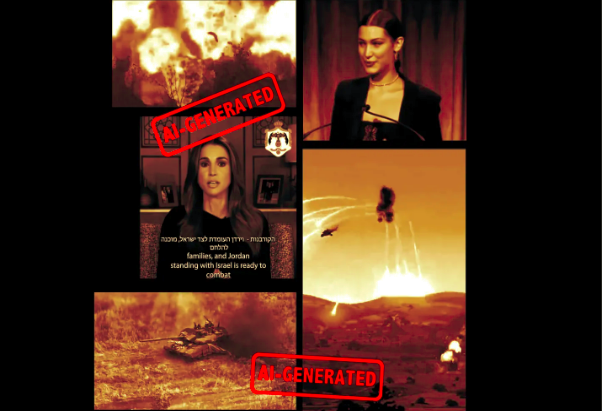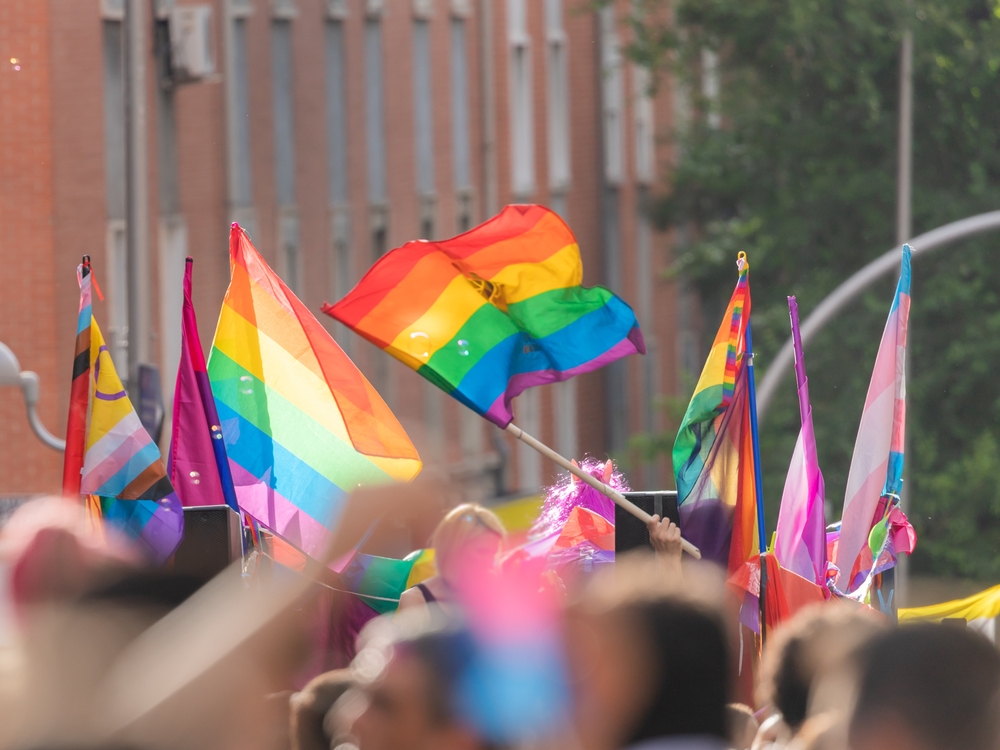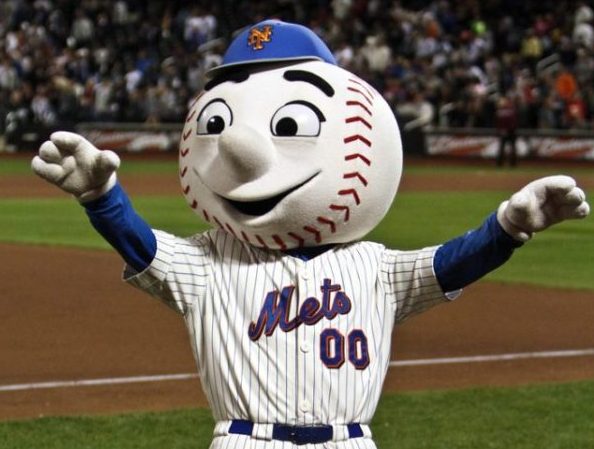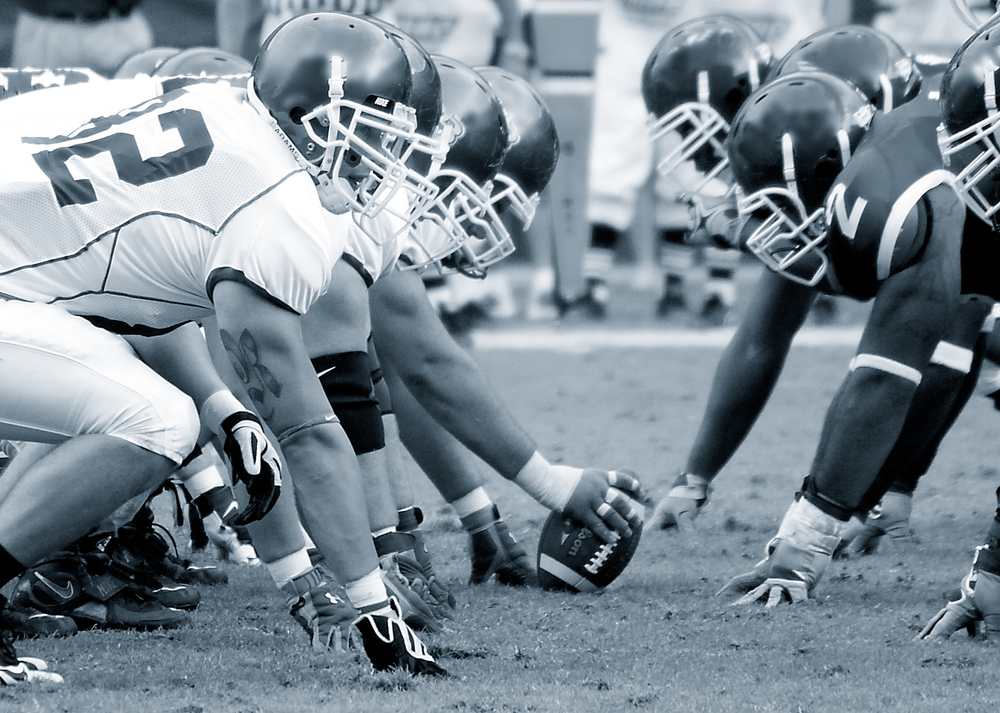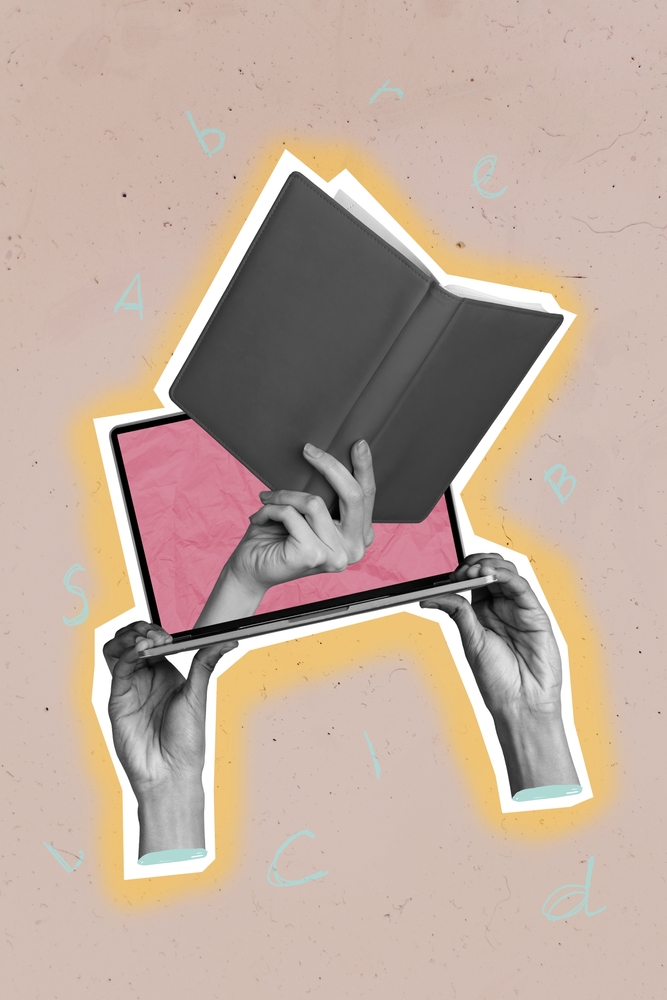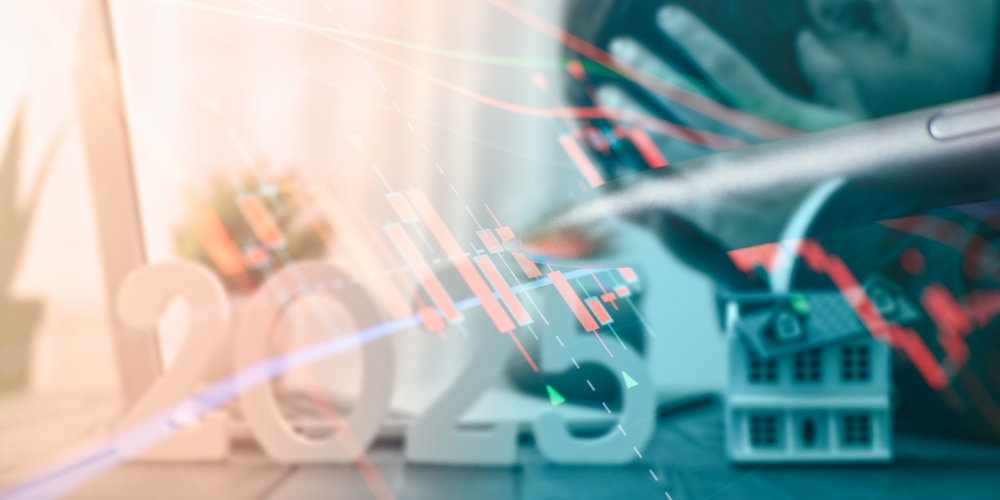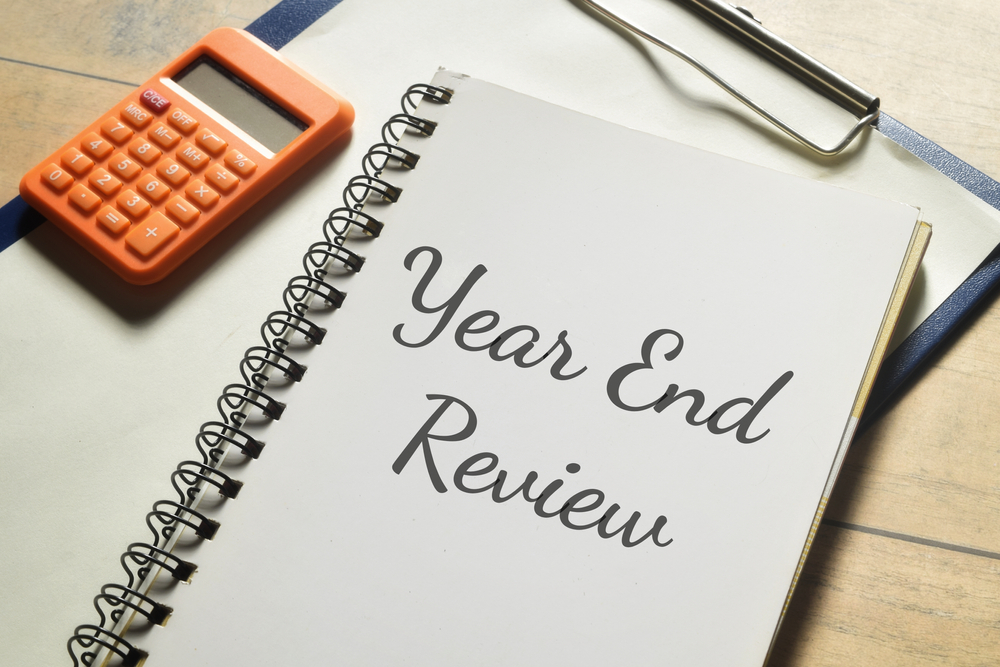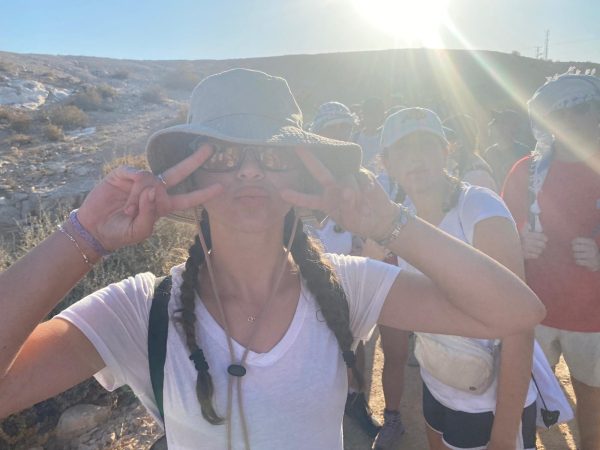“What the hell is a deep fake?” asks MHS junior Eva Savio.
A deep fake is edited media that intends to manipulate its audience. Deep fakes are typically fabricated images, videos, and audio clips. They are generated using AI deep learning technology to replace or edit content, leading to realistic, deceptive portrayals of people or events.
While deep fakes have been used for humorous pop-culture moments, like Pope Francis in a puffer jacket, Poot Lovato (yes, that was edited), or Queen Elizabeth dancing, the dangers of deep fakes outweigh the entertainment they offer.
How have deepfakes been used?
Advocates for both Israel and Palestine have used deepfakes to gather support from the public during the ongoing war in Gaza. According to WCNC, a Charlotte-based NBC affiliate, a deep fake of Bella Hadid, a half-Palestinian supermodel, has gone viral with upwards of 11 million views where she seemingly expresses her support for Israel. However, the real video of Hadid was a speech she gave in 2016, completely unrelated to the conflict.
Palestinian propagandists have swarmed the internet with AI-generated videos and photos of destroyed buildings and children crying in rubble. In a time where young people rely on social media as their primary news source, propagandists are taking advantage of young minds with posting fake media that will provoke emotion.
CBS is concerned that deep fakes are becoming a significant concern in regards to the 2024 presidential election. Just last week, a doctored audio message of current President and Democratic candidate Joe Biden has circulated, where his voice is edited to urge New Hampshire voters not to vote in the democratic primary election, and rather to wait and only vote in November’s election.
Kris Krebs, former director of the Cyber and Infrastructure Security Agency in the U.S Department of Homeland Security, believes that there will be a spike in deep fakes and hysteria in the final days leading up to the election, when voters are paying the most attention, and will be the most vulnerable to deep fakes.
What ultimately prompted legislators to take action against deepfakes? Taylor Swift. An explicit, non-consensual deepfake of Swift surfaced, and both Swifties and Congress are not happy about it. The Guardian mentions that a small group of Senators are now working on legislation to hold deep fake creators accountable. With The Disrupt Explicit Forged Images and Non-Consensual Edits Act of 2024, deep fake victims would be able to sue the creators and distributors of deepfakes if the creator knew or disregarded that the victim did not consent.
Have you accidentally believed a deep fake? If yes, here are some tips on how to spot fake content online: MIT media claims that to spot them in video form, look for facial details, specifically lip-movements, abnormal blinking, extremely wrinkled or smooth skin, and other general glitches in the video.
Look at the news source’s logo in the video––if the news logo looks pixelated or like the aspect ratio is off (if the logo looks too thin or wide), then you are probably watching a deep fake. If the audio is not synced with the video or if you can hear that the audio has been sped up or slowed down, it’s probably a fake. If a photo looks even slightly like more of a painting than a real photo, don’t trust that it’s real, especially if it isn’t verified to be a primary source, or a trusted news source.

